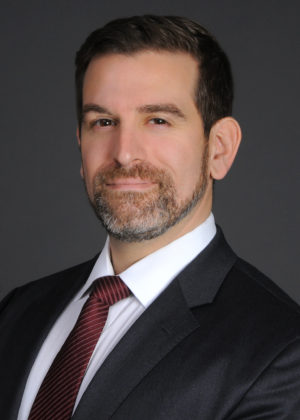
Lawyers facing claims for breach of fiduciary duty, and the counsel defending them, should be aware of the Court of Appeal’s decision last year in Knutson v. Foster, 25 Cal.App.5th 1075 (2018). Plaintiff’s counsel is almost certain to bring it up in an attempt to argue that the long-standing “but for” causation standard no longer applies to such claims.
In Knutson, the defendant attorney engaged in outright fraud by concealing the existence of a conflict and colluding with the other side. Among other things, the attorney shared privileged communications and confidential information with the other side and failed to disclose information that the other side provided him. The client sued for breach of fiduciary duty and fraudulent concealment. The lower court applied the “but for” causation standard, but the Court of Appeal held that was error. Instead, the Court of Appeal held that the “substantial factor” test for causation should apply.
Plaintiffs’ lawyers have started using Knutson to argue that “but for” causation does not apply anymore. They further have argued that the “substantial factor” test is a lower, easier-to-satisfy test compared to “but for” causation. But this argument ignores that, as numerous courts have explained, the substantial factor test actually subsumes the “but for” test and “generally produces the same results.” See Lineaweaver v. Plant Insulation Co., 31 Cal.App.4th 1409, 1415 (1995).
“Substantial factor” does not mean “kind of, sort of” caused, as some have argued in the wake of Knutson. Rather, as our Supreme Court repeatedly has explained, it is a term of art that means either (1) “but for” causation or (2) “independent concurrent causation,” i.e., where there is more than one cause operating independently, each of which cause by itself would have brought about the alleged harm. See, e.g., Viner v. Sweet, 30 Cal. 4th 1232, 124-41 (2003) (substantial factor test requires proof that “(1) but for the negligence, the harm would not have occurred, or (2) the negligence was a concurrent independent cause of the harm”); Rutherford v. Owens-Illinois, Inc., 16 Cal.4th 953, 969 (1997) (“substantial factor standard . . . subsumes the ‘but for’ test while reaching beyond it to satisfactorily address other situations, such as those involving independent or concurrent causes in fact”). In cases where there is not more than one cause operating independently, the “substantial factor” and “but for” tests are identical.
About the author:
Matthew Kahn is a litigation partner in the San Francisco office of Gibson, Dunn & Crutcher. Kahn specializes in complex commercial litigation, with a particular focus on law firm defense matters.



